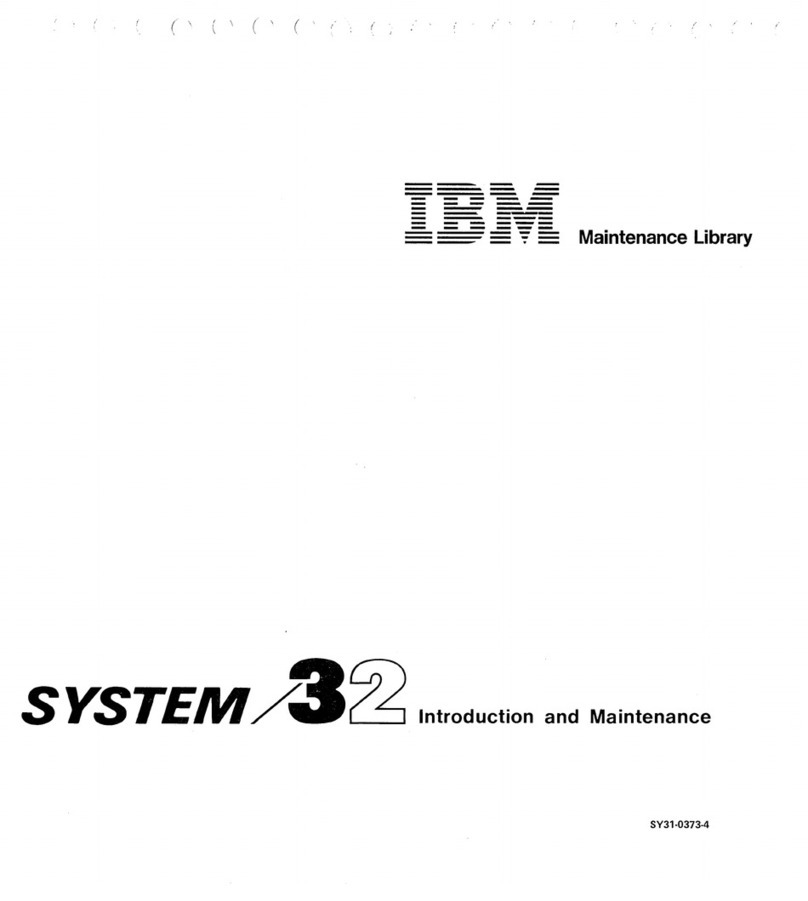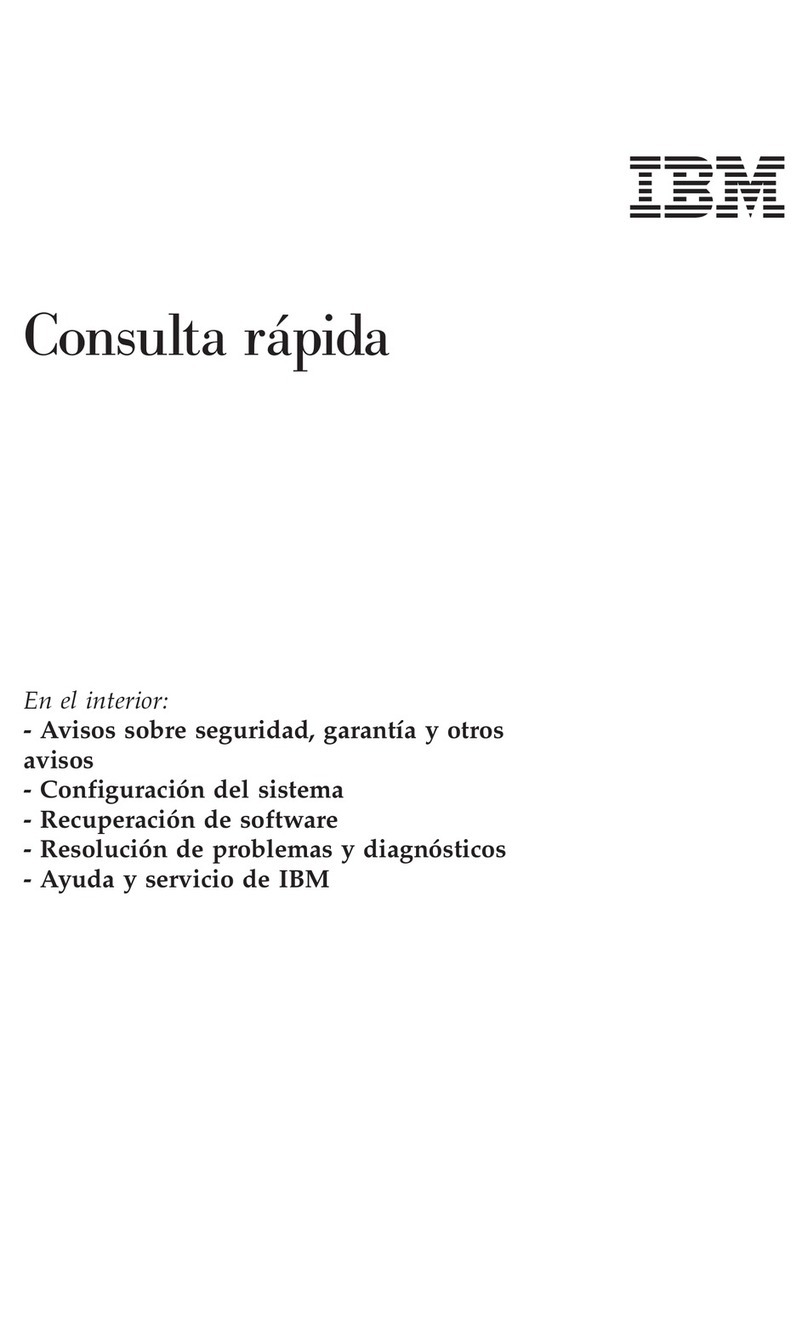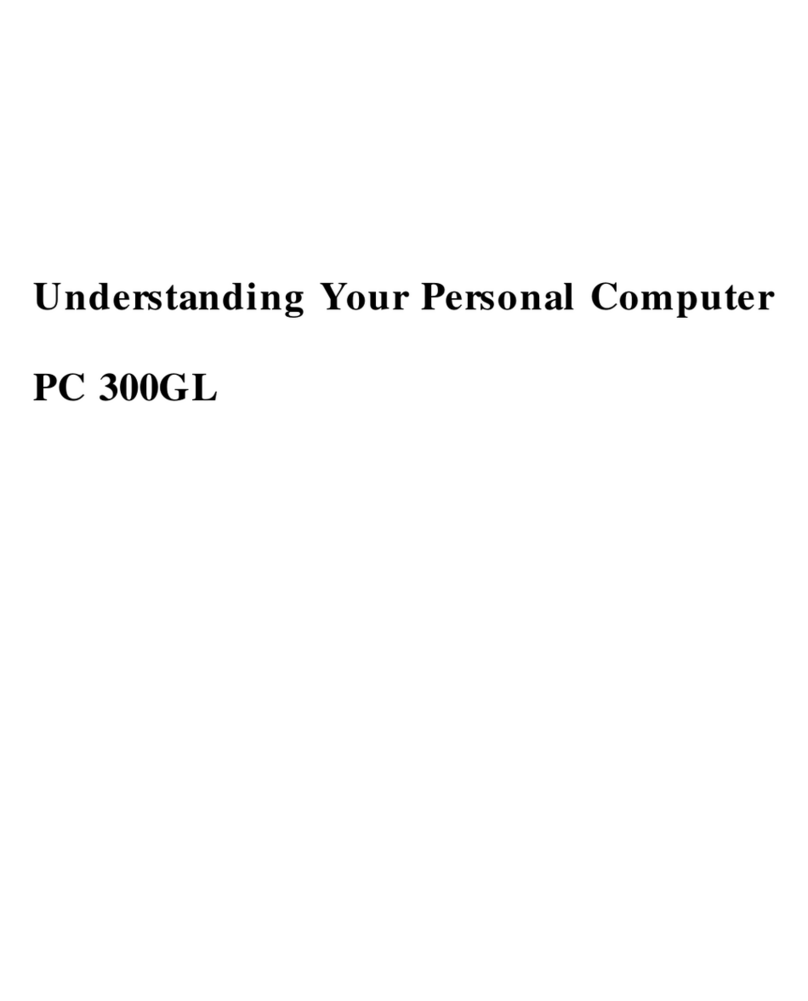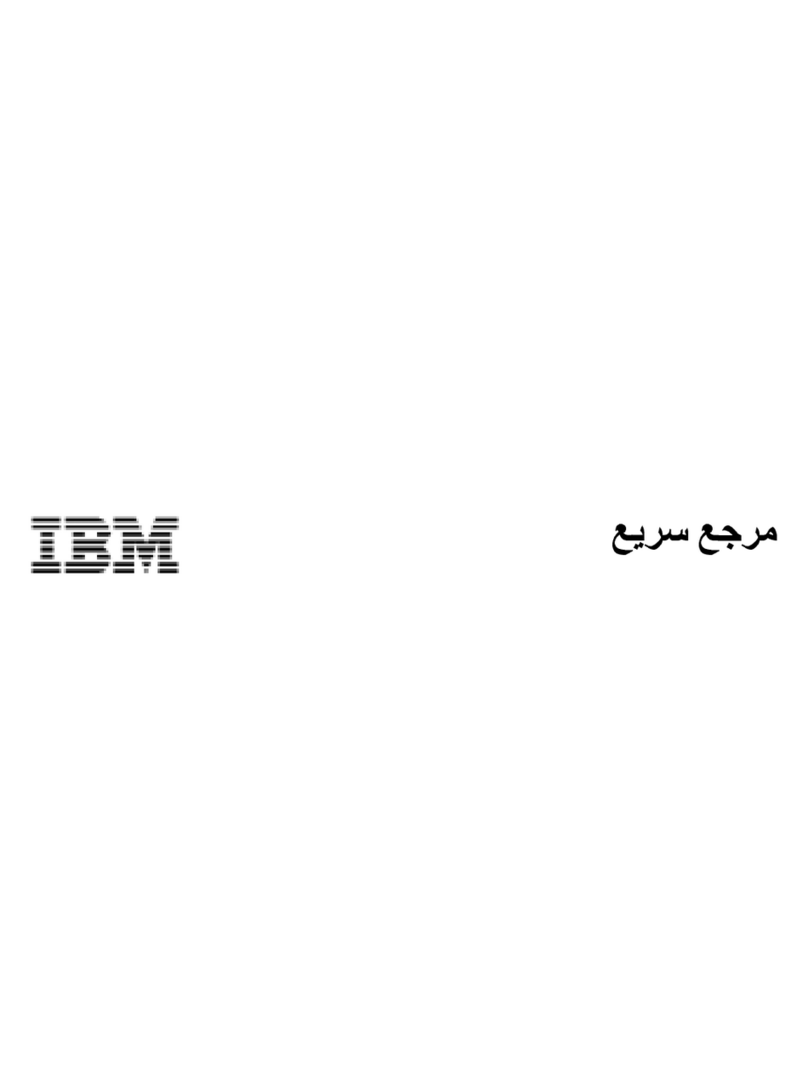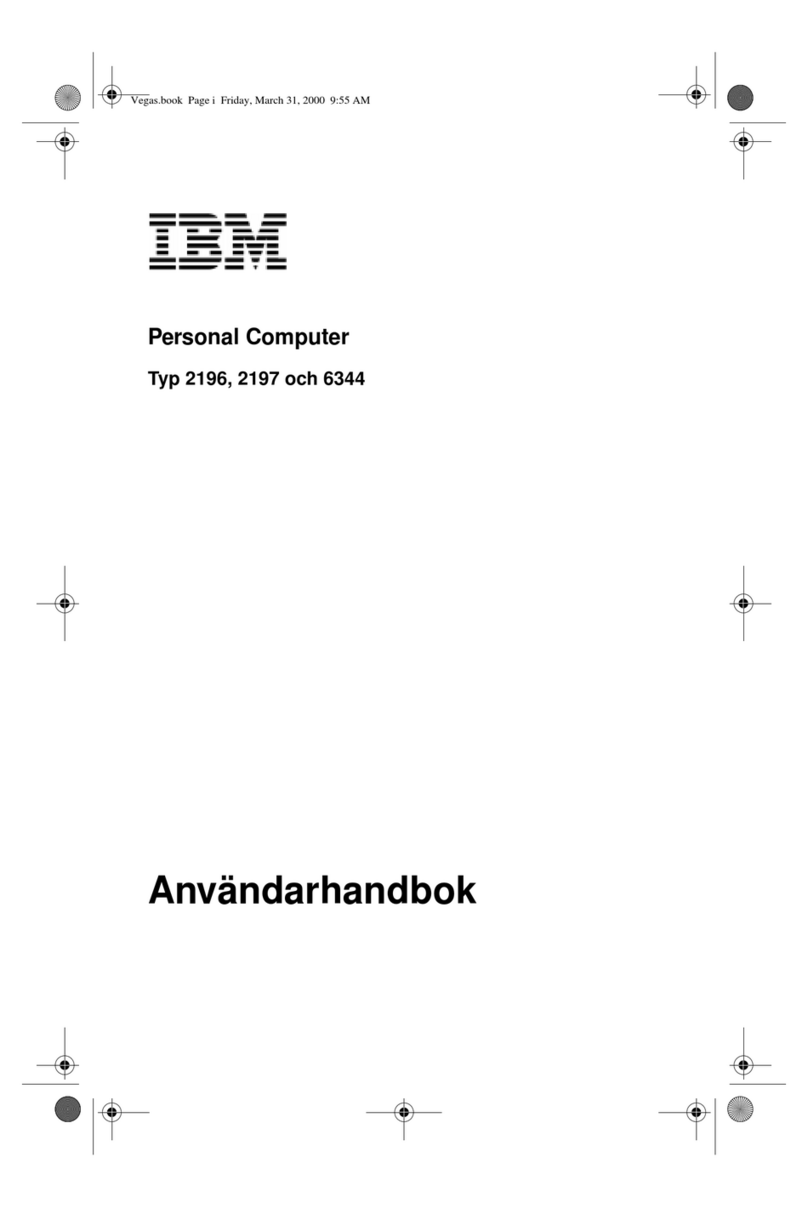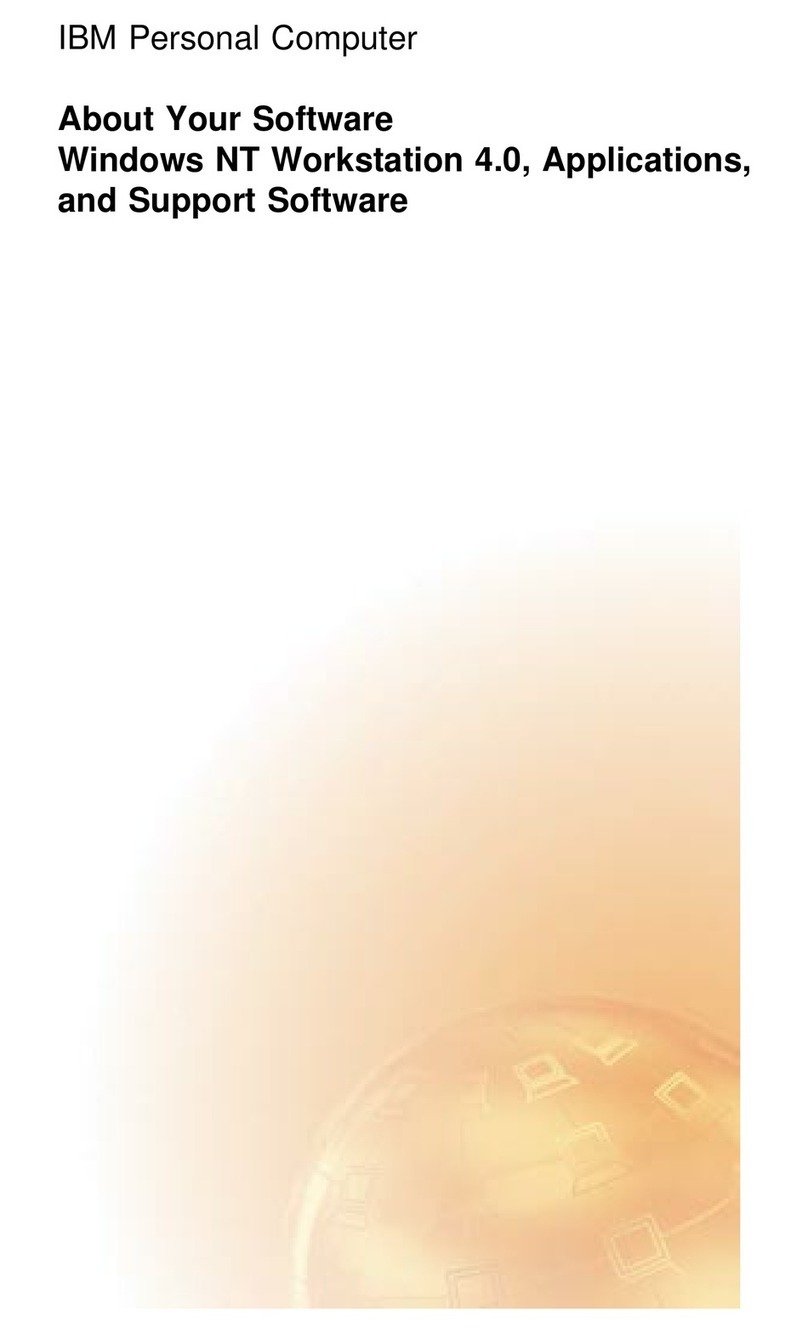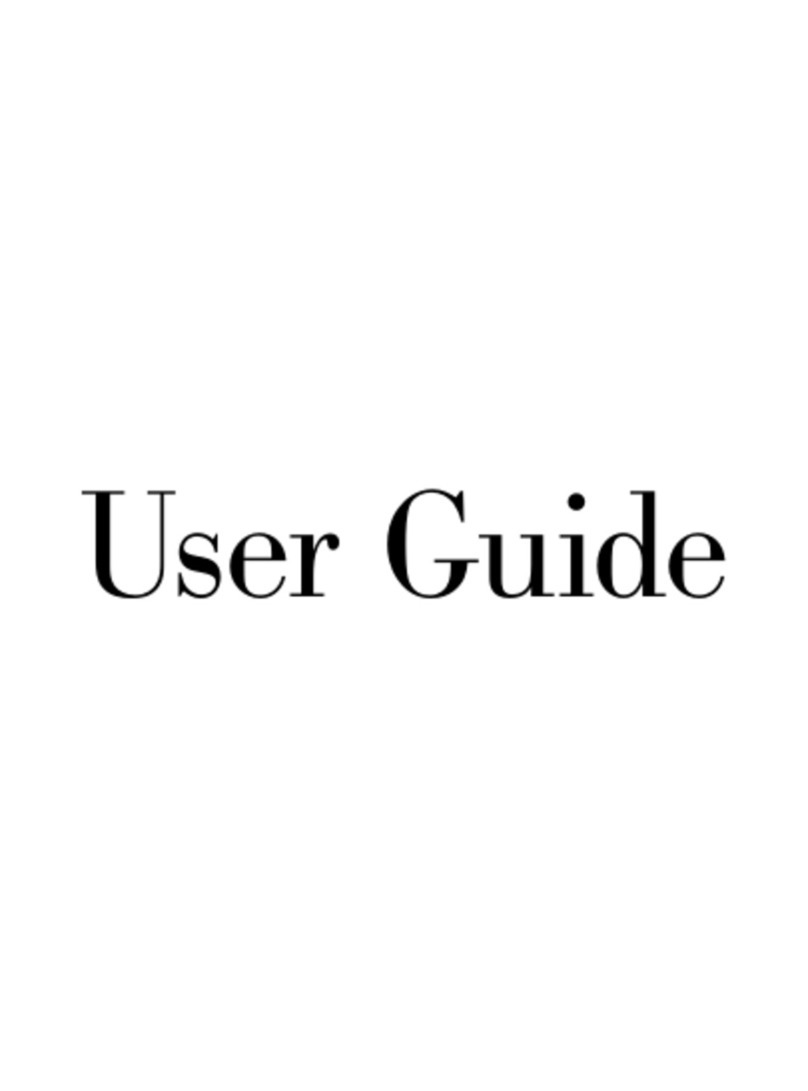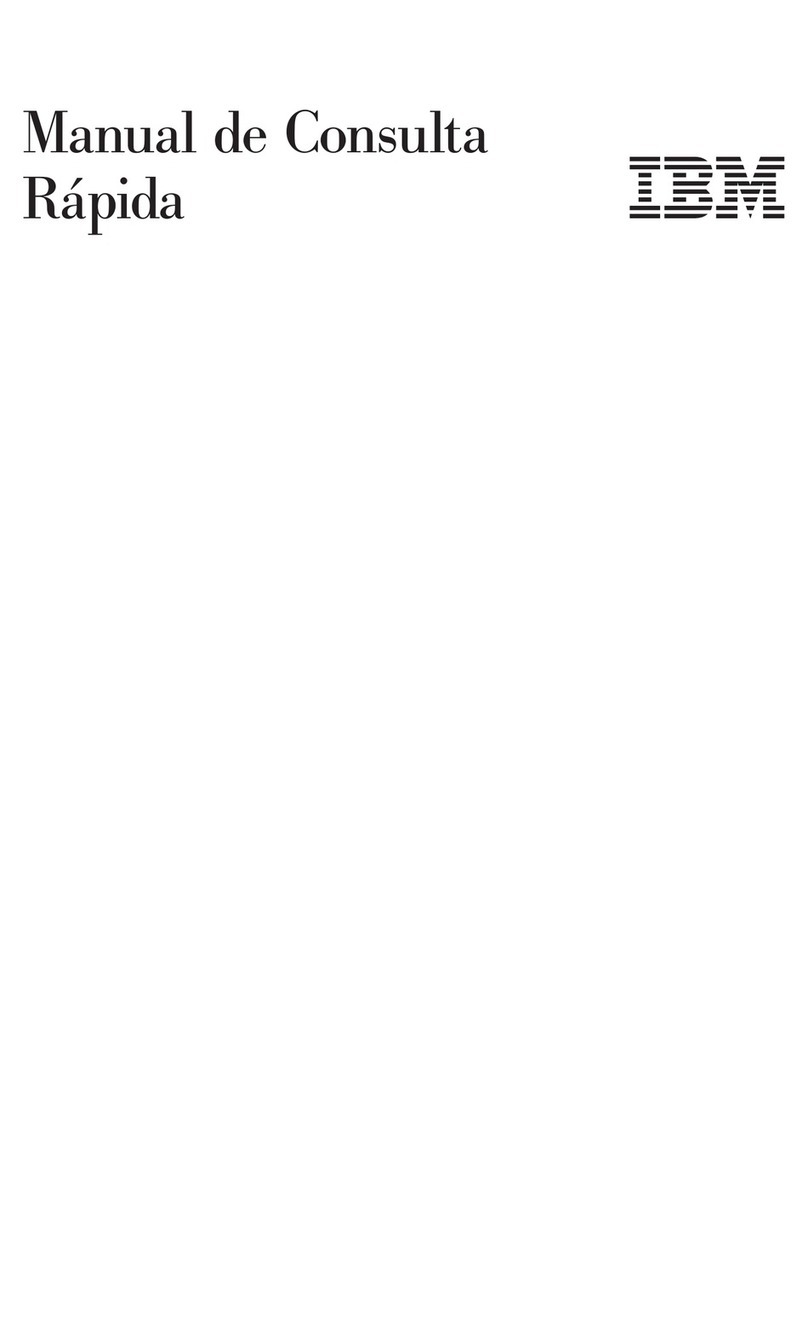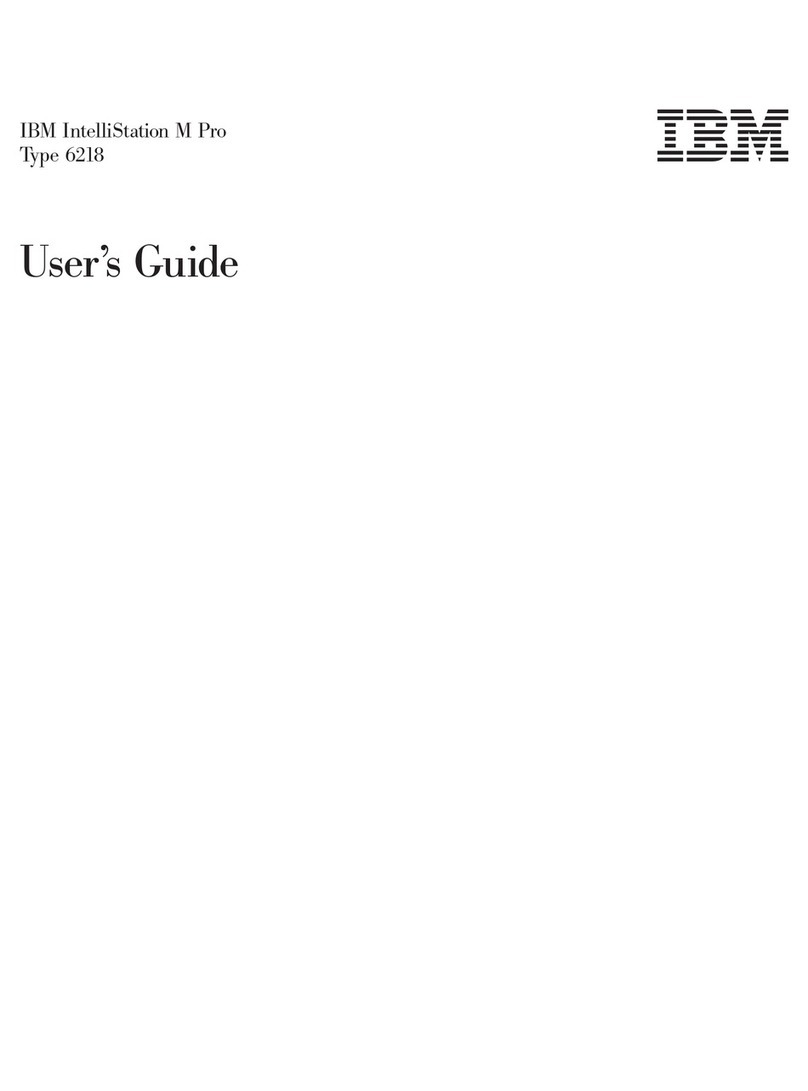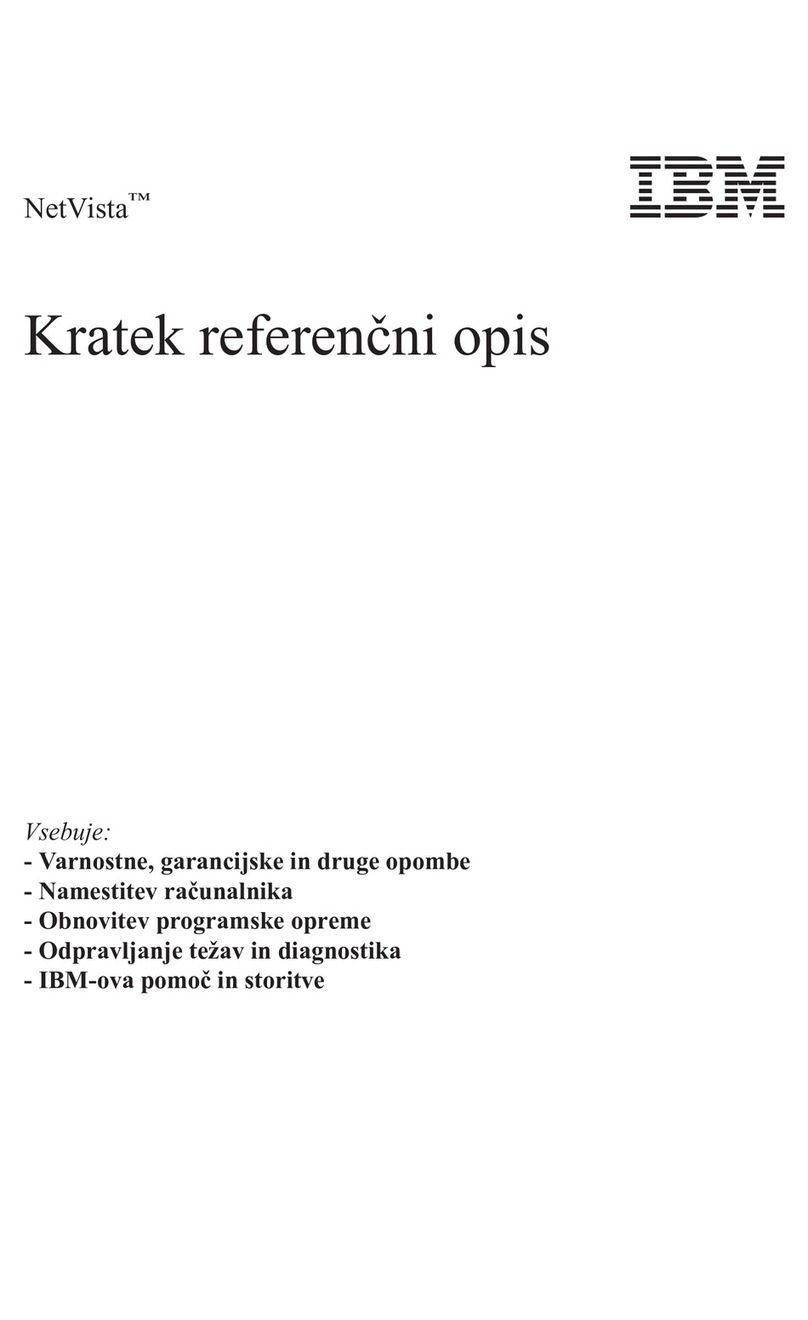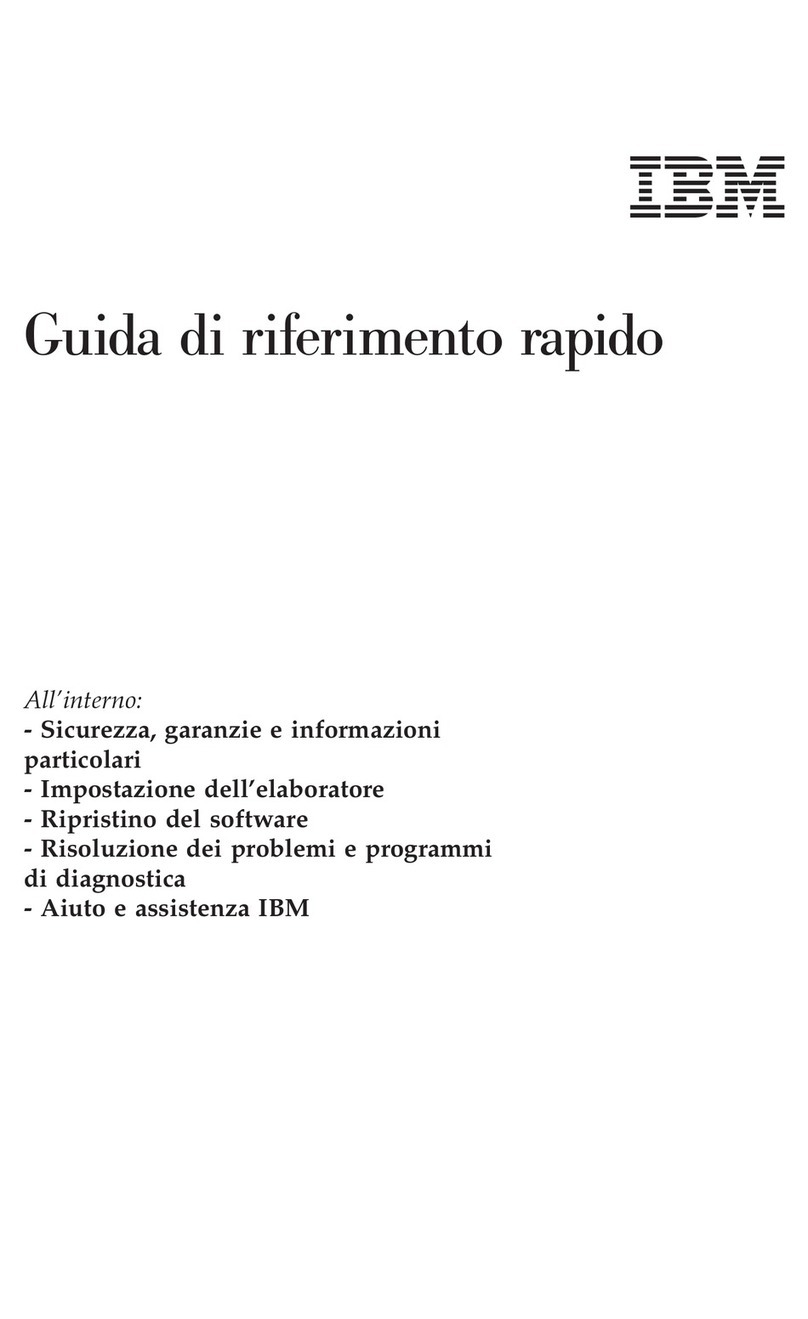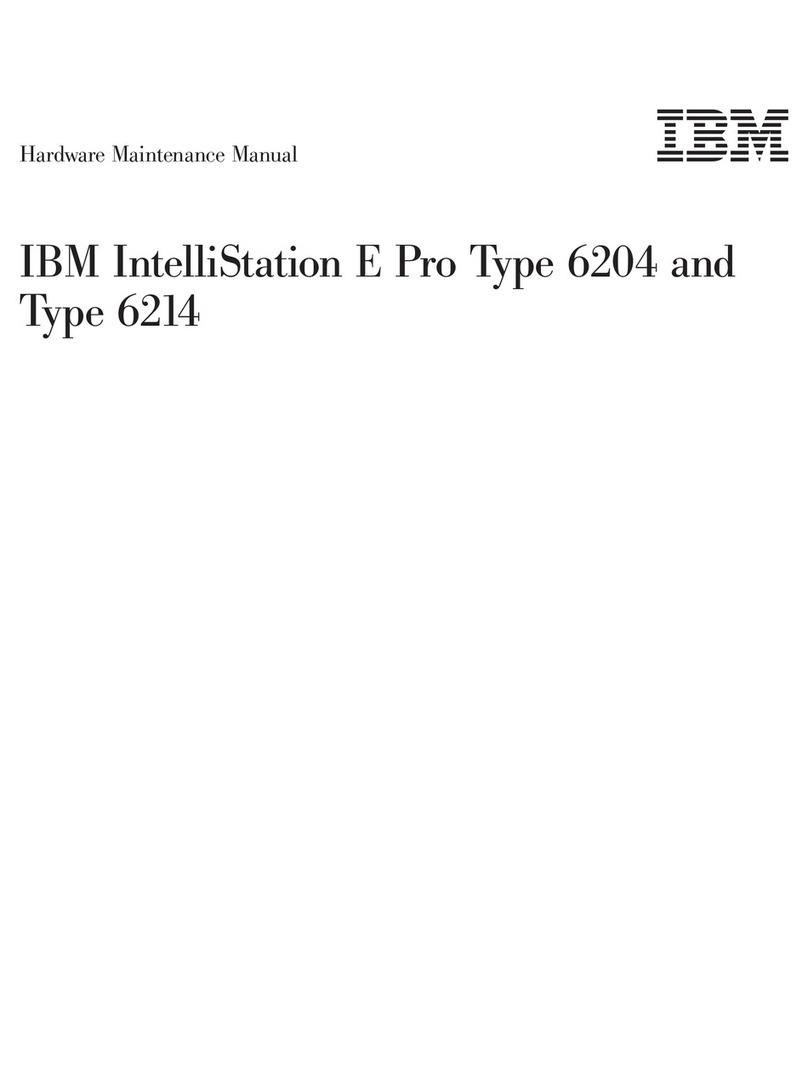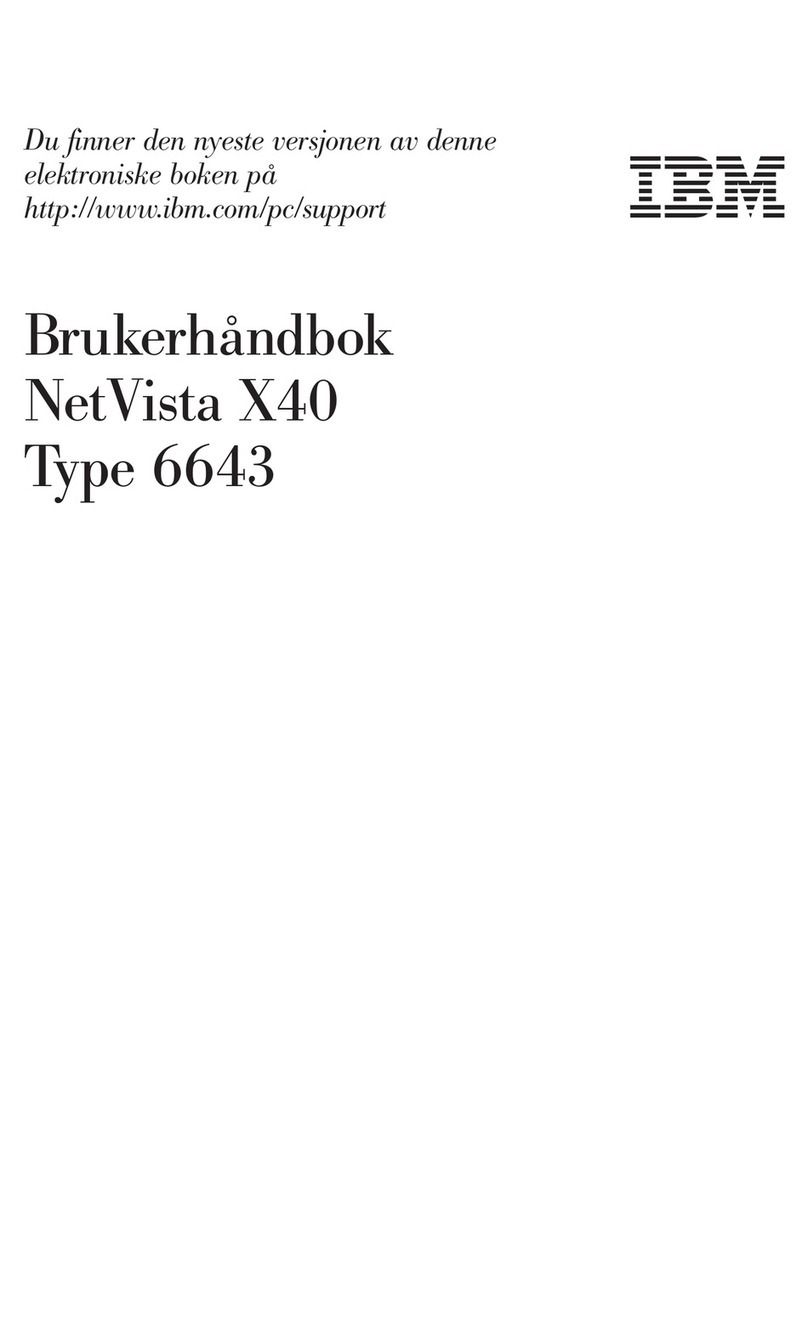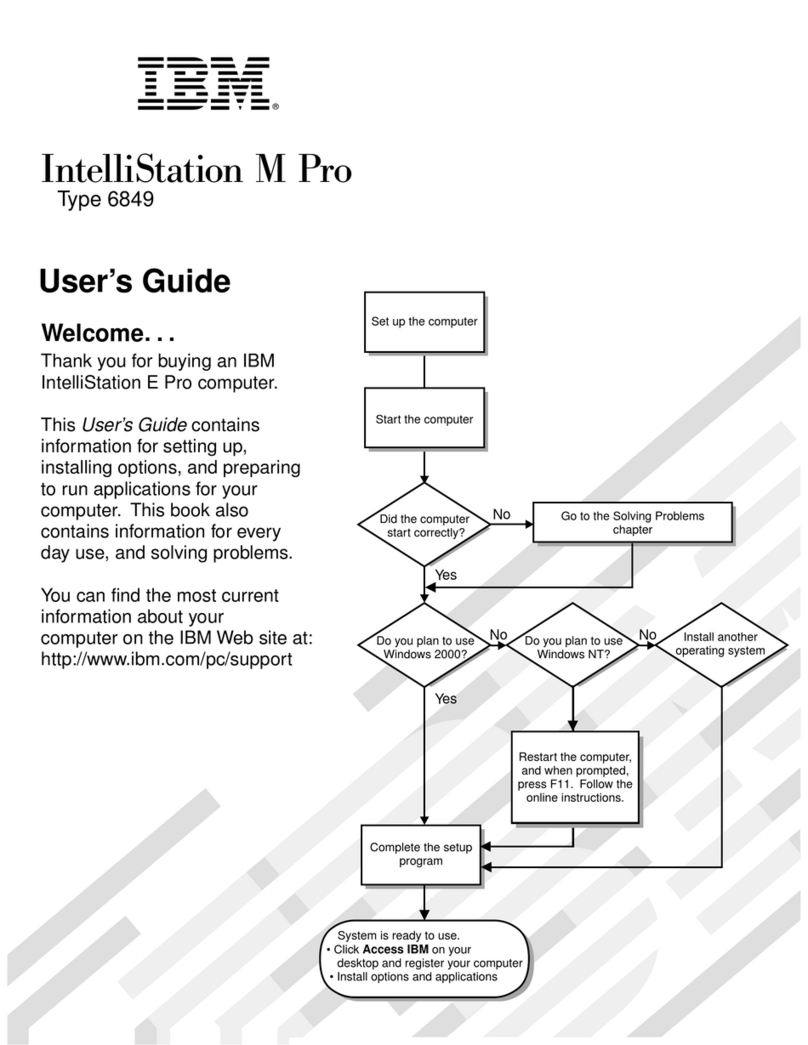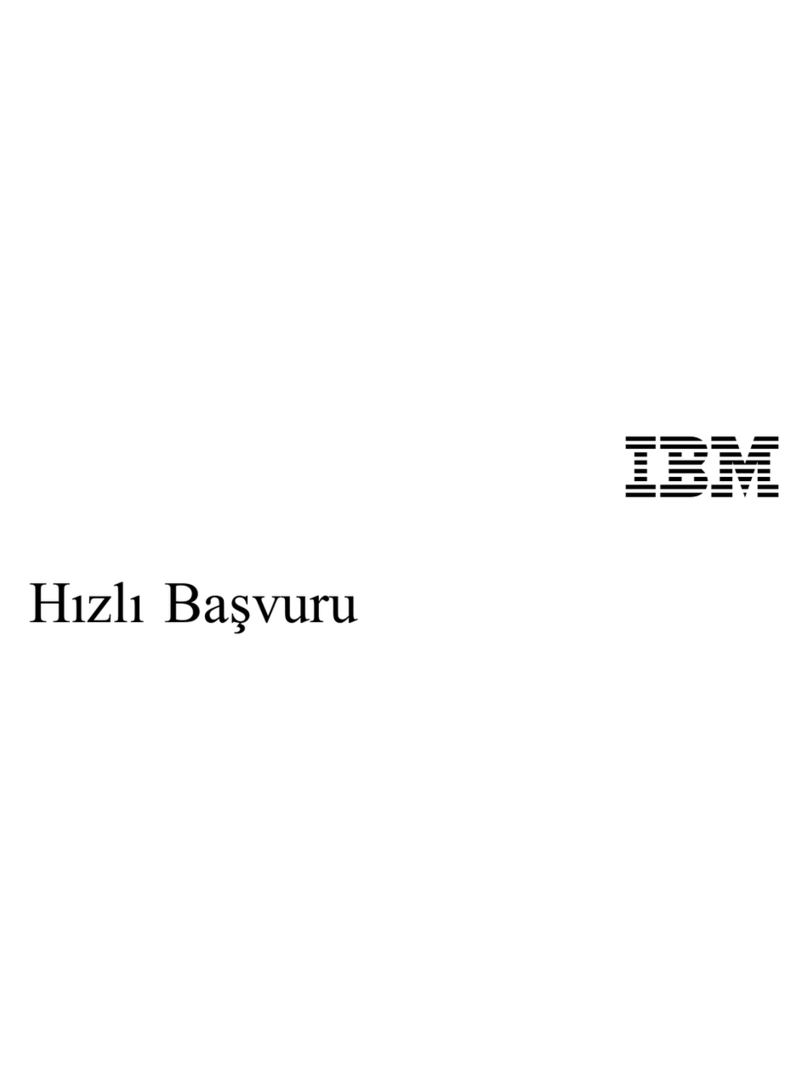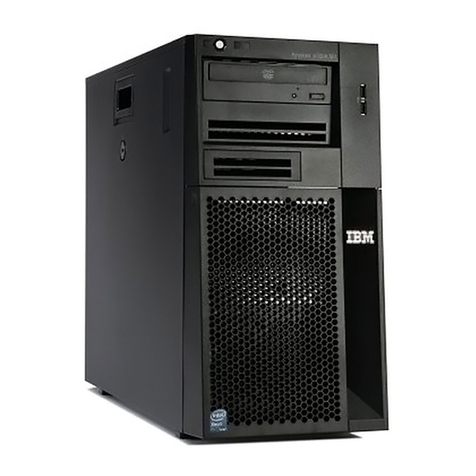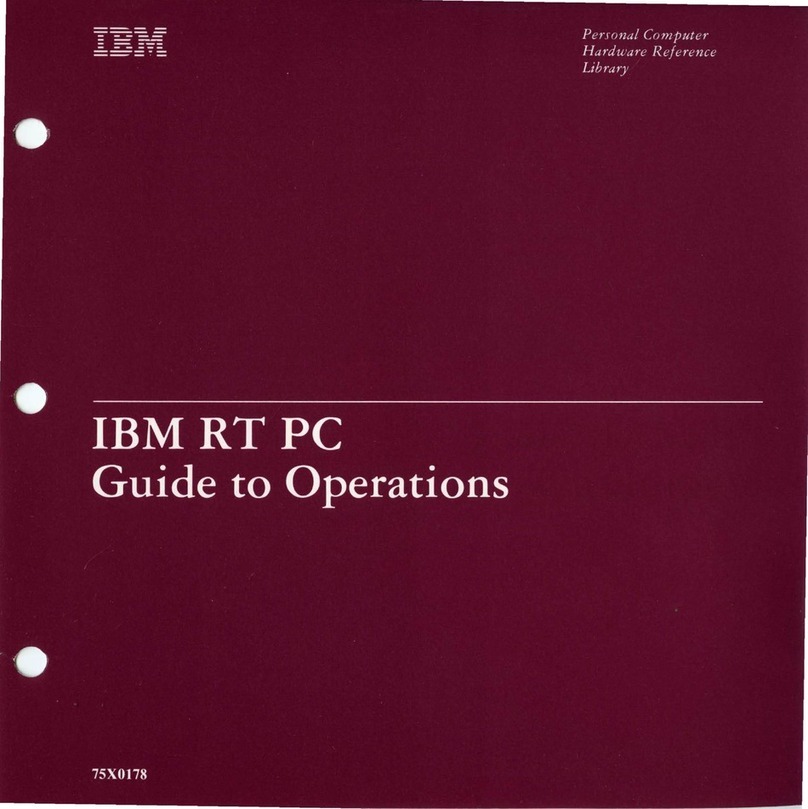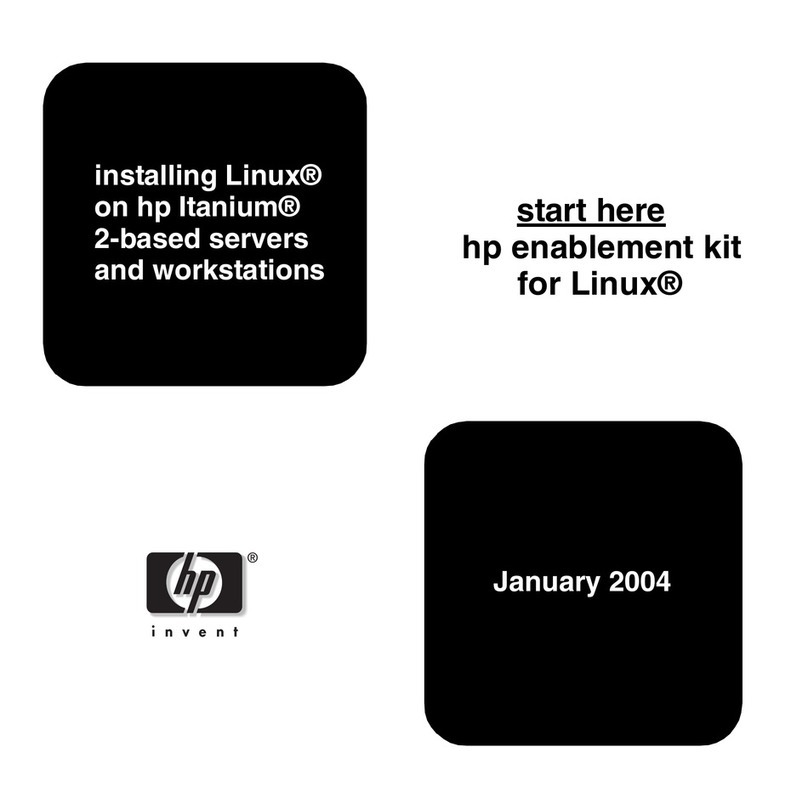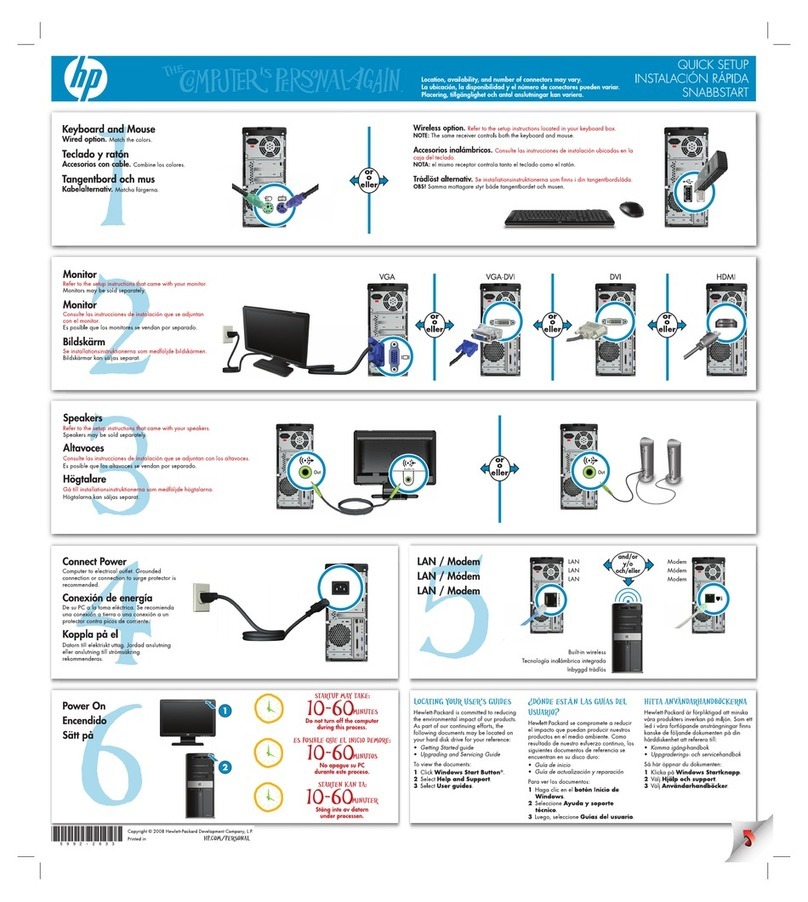The
drawings and 'specifications
contained
herein
shall
not
be
reproduced in whole
or
in
part
without
written
pennission.
IBM
has prepared this maintenance manual for the
use
of
IBM
Customer
Engineers in the installation,
maintenance
and
repair
of
the
specific machines
indicated.
IBM
makes no representations
that
it
is
suitable for
any
other
purpose.
Information
contained in this
manual
is
subject
to
change from time
to
time.
Any
such change will be
reported
in subsequent revisions
or
distributed
through Customer Engineering Memorandums
(CEMs)
to
all subscribers.
Requests for copies
of
IBM
publications should be
made
to
your
IBM
representative
or
to
the
IBM
Branch Office servicing
your
locality.
Comments
about
the publications
may
be
addressed
to
(IBM Corporation,
740
New Circle Road N.W.,
Publications
Department
901,
Lexington, Ky.
40511). IBM
may
use
or
distribute any
of
the
infonnation
you
supply in any way
it
believes
appropriate
without
incurring
any
obligation what-
ever.
You
may,
of
course,
continue
to
use the
infonnation
you
supply.
"It
is possible
that
this material
may
contain
reference to,
or
information
about,
IBM
products
(machines
and
programs), programming,
or
services
that
are
not
announced in
your
country.
Such
references
or
information
must
not
be
construed to
mean
that
IBM
intends
to
announce
such
IBM
products,programming,
or
services in
your
country."
"IBM,"
"Executive,"
"IBM EXECUTARY," and
"Selectric"
are
registered trademarks
of
the
IBM
Corporation.
©Copyright
International Business Machines
Corporation
1980, 1981,
1982
SAFETY
PRECAUTIONS
All
IBM Customer Engineers
are
expected
to take every safety precaution possible and observe
the
following
safety practices when servicing IBM equipment.
Mechanical Safety:
1.
Safety glasses
must
be worn.
2.
All
safety devices, such
as
guards, shields, signs.
ground wires, etc.,
must
be restored after main-
tenance. When a guard or shield
is
removed to
observe ormake
an
adjustment. that shield
must
be replaced when work in the
area
is completed.
3.
Watches. rings, necklaces,
ID
bracelets, etc.,
must
be removed when servicing the machine.
4.
Care
must
be used when working near moving
parts. Keep hair away from moving parts. A void
wearing loose clothing that might be caught
in
the machine. Shirt sleeves
must
be kept but-
toned or rolled above the elbows. Ties
must
be
tucked
in
the shirt or have a tie clasp approxi-
mately three inches from the end. Tie chains
are
not
recommended.
Electrical Safety:
1.
The equipment referenced in this manual may
use high voltages. Check voltage labels!
2.
Safety glasses
must
be worn when checking
energized circuits.
3.
If
a circuit
is
disconnected for servicing or parts
replacement,
it
must
be reconnected and tested
before allowing the use
of
the machine.
4.
Power should be removedfrom the machine for
servicing whenever possible. Remember, when
checking voltages, avoid contacting ground
potential, such
as
metal floor strips, machine
frame, etc.
5.
Meter continuity checks should be used instead
of
voltage checks whenever possible.
6.
Do
not
apply power
to
any part, component.
or subassembly when
it
is
not
physically
mounted
in
the machine, or its approved
ser-
vice position.
General Safety:
1.
Each Customer Engineer is responsible to be
certain no action on his/her part makes the
product unsafe
or
exposes customer personnel
to hazards.
2.
Store the removed machine covers in a safe,
out
of
the way place where no one can trip
over them.
3.
If
you
must
leave the machine
in
a down condi-
tion, always install the covers and disconnect
the power before leaving the customer's office.
4.
Always place
CE
tool
kit
away
from
walk areas
where no
one
can trip over it.
5.
Maintain safe conditions in the
area
of
the
machine while performing and after completing
maintenance.
6.
Before s'tarting the equipment,
make
surefellow
CEs
andcustomerpersonnel
are
not
in
a hazard-
ous position.
7.
All
the machine covers
must
be
in
place before
the machine
is
returned to the customer.
Note:
Refer
to the Safety
CEMs
relating to this
product(s) for further safety precautions.
